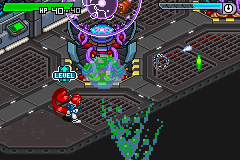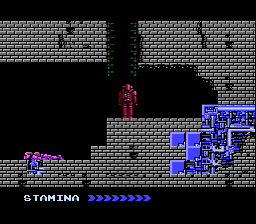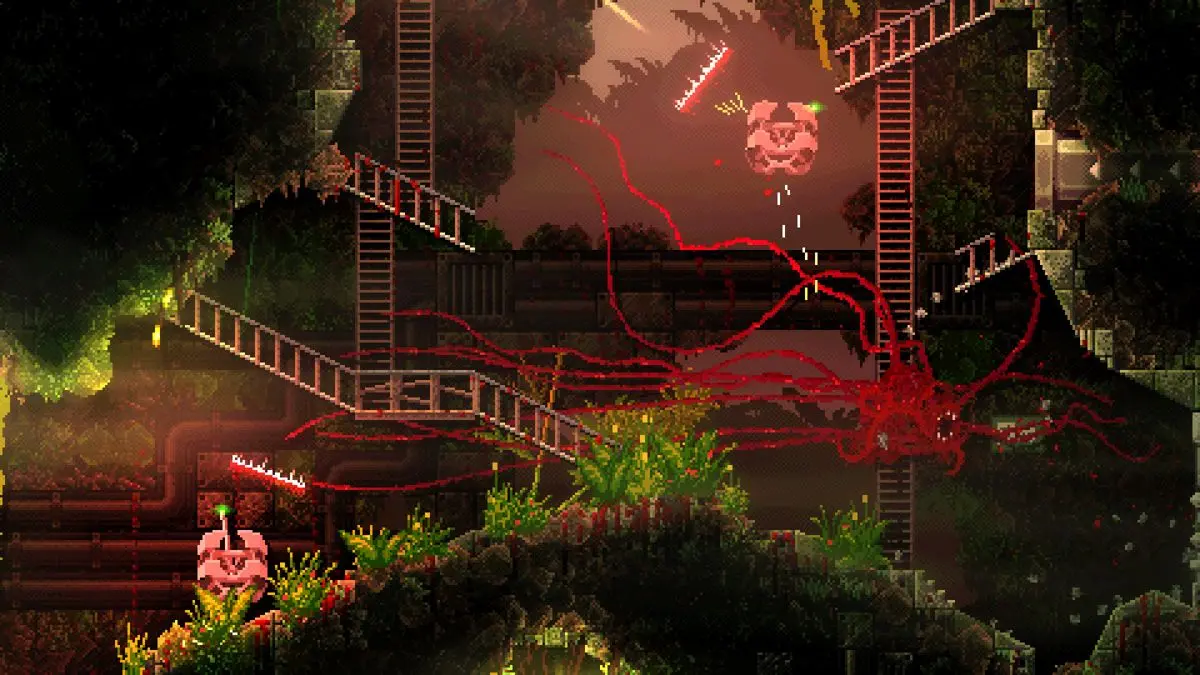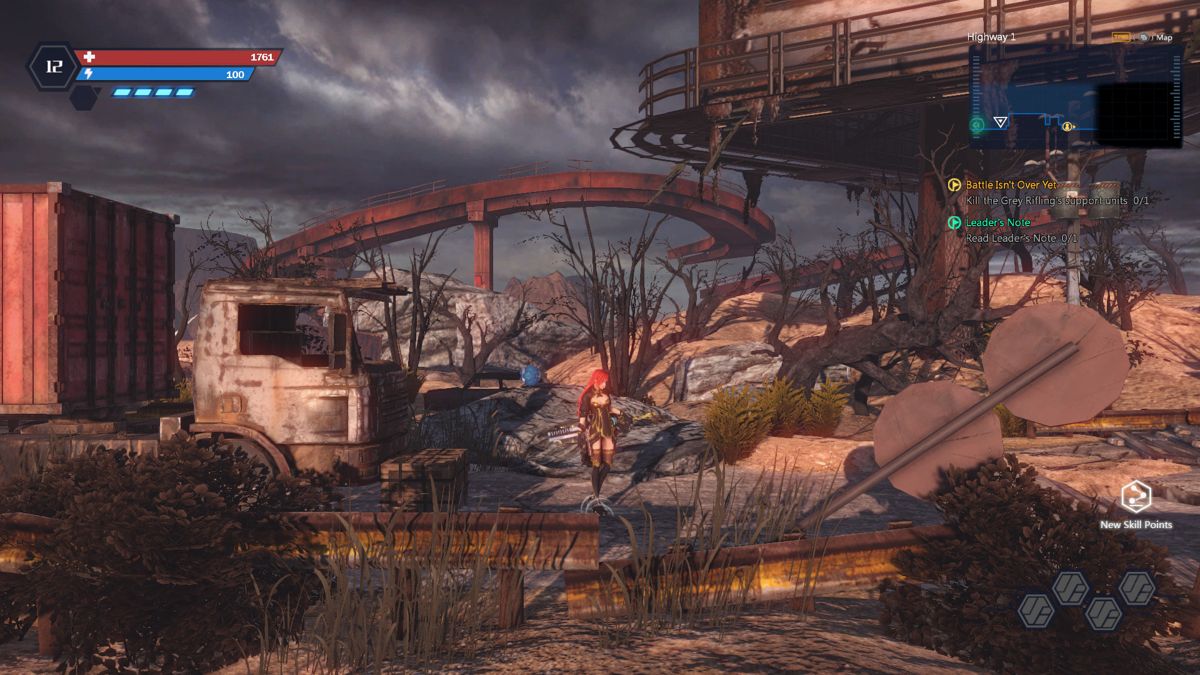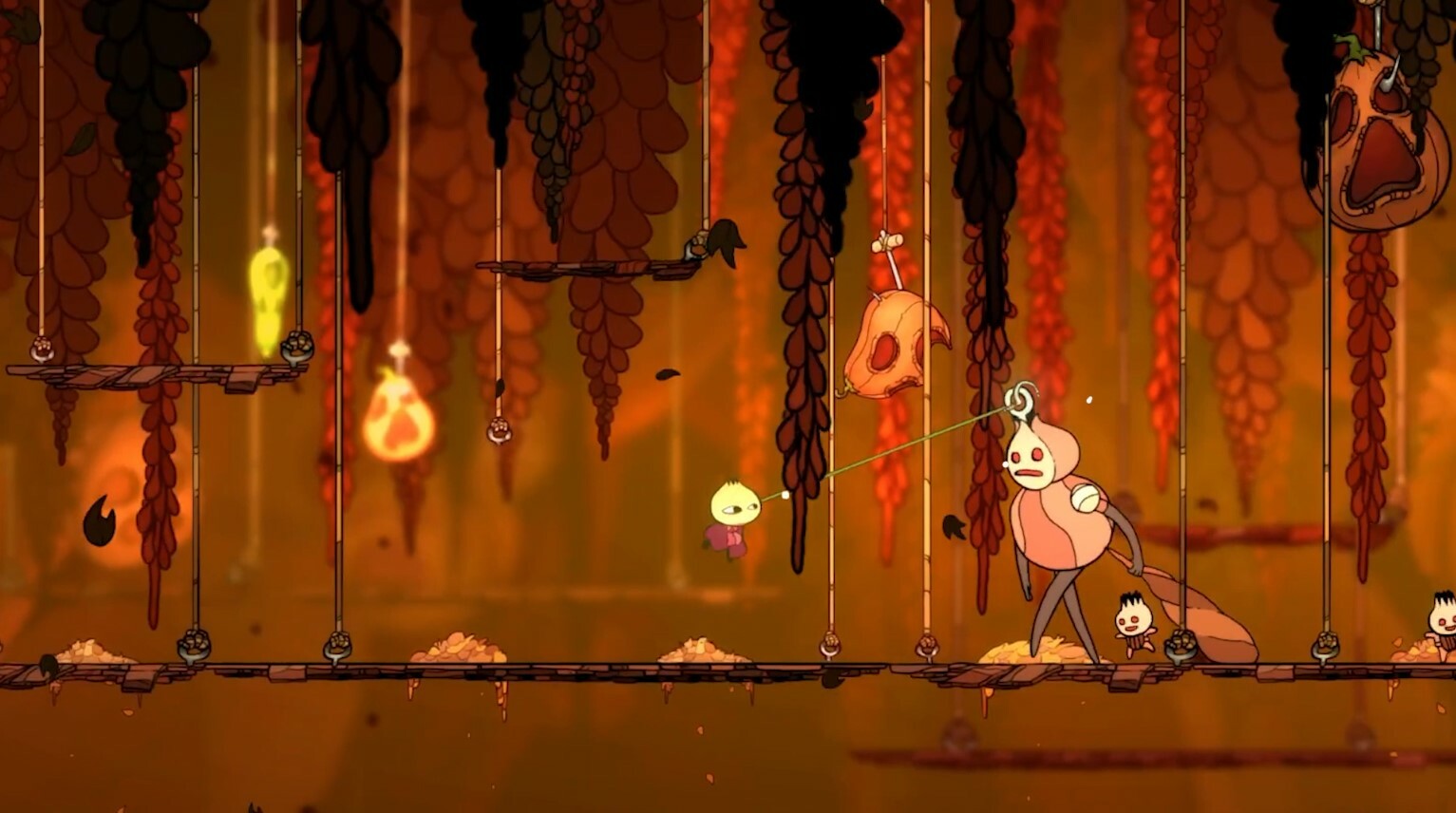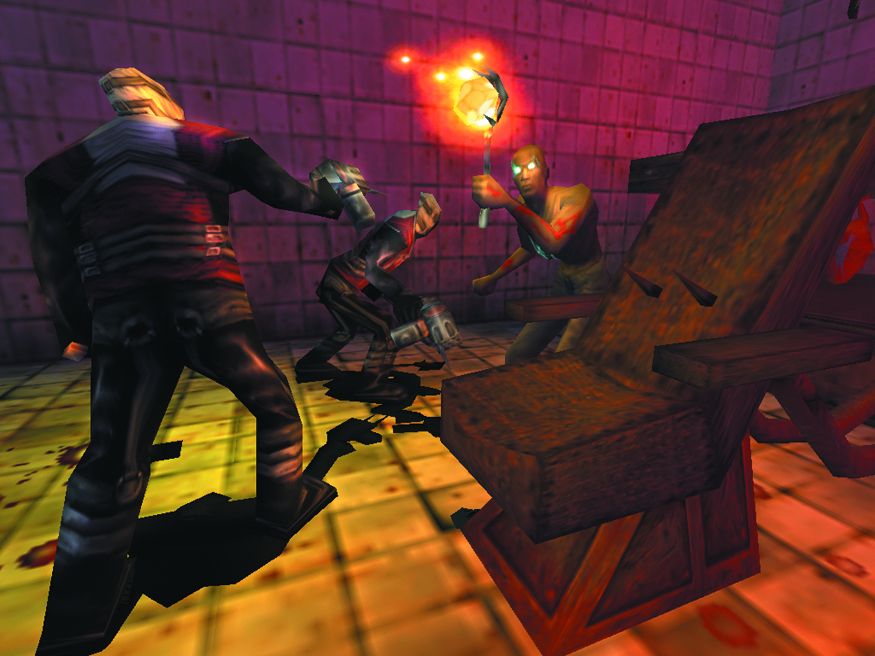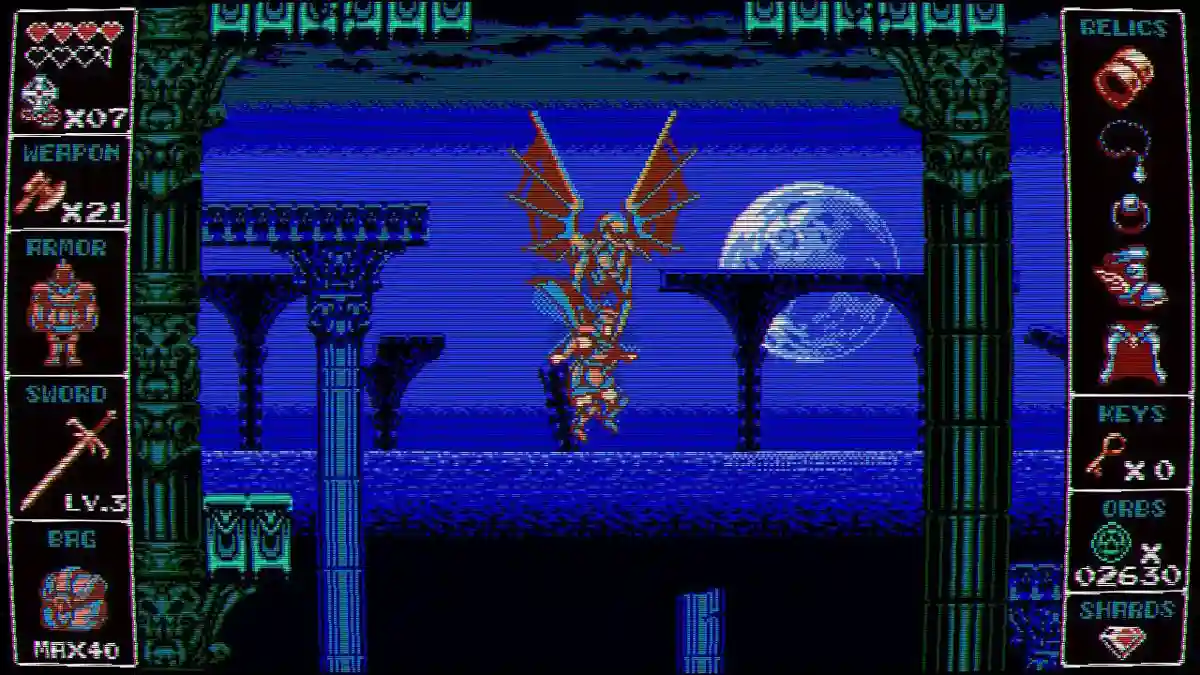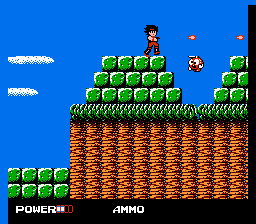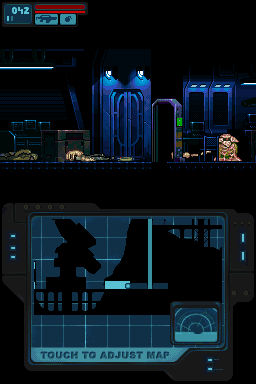Results
Scurge: Hive
sci-fi, challenging, varied biomes
Scurge: Hive, released in 2006, is a third-person shooter game developed by Tragical and published by Kheops Studio. While it shares some standard elements with other games in the action-horror genre, Scurge: Hive sets itself apart with its distinct atmosphere and gameplay mechanics. The game takes place in a dystopian, post-apocalyptic world overrun by a mysterious alien infestation known as the "Hive." The player assumes the role of a mercenary tasked with navigating through this hostile environment, battling against hordes of grotesque, mutated creatures. One of the standout features of Scurge: Hive is its emphasis on ammo and resource management. Ammunition is scarce, forcing players to carefully plan their attacks and prioritize headshots for maximum efficiency. Additionally, the game introduces a unique "nano-forge" system, which allows players to craft and upgrade their weapons using materials scavenged from the environment. The game's level design is noteworthy, with intricate and interconnected environments that encourage exploration and backtracking. Players must navigate through claustrophobic corridors, dilapidated buildings, and underground tunnels, all while fending off relentless enemy attacks from multiple angles. Scurge: Hive's combat mechanics are intense and unforgiving. Enemies exhibit intelligent behavior, often flanking or overwhelming the player with sheer numbers. The game also features a dynamic damage system, where different body parts can be targeted and dismembered, adding a brutal layer of realism to the combat. While the game's graphics may have aged, the atmospheric design and sound design still hold up remarkably well. The eerie, industrial soundscape and unsettling ambient noises contribute to the game's overall sense of dread and tension. Despite its niche status, Scurge: Hive has garnered a dedicated cult following among fans of the action-horror genre, particularly those who appreciate its challenging gameplay, resource management elements, and uncompromising difficulty.
Relics: Ankoku Yosai
dark, melancholy, horror
Relics: Ankoku Yosai, released in 1987 for the MSX2 and later ported to other platforms, is a unique and ambitious action-adventure game that stands out in the crowded genre of its time. Developed by Nihon Falcom, the game is set in a post-apocalyptic world where humanity has been nearly wiped out by a cataclysmic event, and the player takes on the role of a lone survivor tasked with unraveling the mysteries of the past and finding a way to restore the world. One of the game's standout features is its non-linear exploration and level design. Players are free to navigate the vast, interconnected world at their own pace, with multiple paths and secrets to uncover. The game encourages backtracking and revisiting previously explored areas as new abilities and items are obtained, adding depth and replayability to the experience. The combat system in Relics: Ankoku Yosai is also noteworthy. While it features traditional action-adventure combat mechanics, it also incorporates RPG elements such as character progression, equipment management, and a unique skill system. Players can learn and upgrade various abilities, allowing for strategic customization of their character's playstyle. The game's narrative is delivered through a combination of in-game events, environmental storytelling, and optional side quests and interactions. The world is rich with lore and mystery, and players are encouraged to piece together the narrative through exploration and discovery. Additionally, Relics: Ankoku Yosai features an impressive soundtrack that complements the game's atmospheric and often haunting environments. The music shifts seamlessly between different tracks, creating a dynamic and immersive audio experience. Despite its age, Relics: Ankoku Yosai is often praised for its ambitious design, compelling storytelling, and innovative gameplay mechanics that set it apart from its contemporaries. It is considered a cult classic among fans of the action-adventure genre and a notable entry in Nihon Falcom's catalog of games.
Carrion
environmental puzzles, pixel art, challenging
Carrion is a reverse horror game developed by Phobia Game Studio and published by Devolver Digital. In this game, players take on the role of an amorphous, tentacled creature that has been imprisoned and experimented on in a secret research facility. The objective is to break free and wreak havoc while navigating through the facility, devouring any humans or creatures that stand in your way. One of the most distinctive aspects of Carrion is its unique perspective. The game is presented in a side-scrolling, 2D pixel art style, but instead of controlling a traditional character, players control the grotesque, ever-evolving creature itself. The creature can squeeze through tight spaces, climb walls, and extend its numerous tentacles to grab and consume prey. As the creature consumes biomass from its victims, it grows larger and gains new abilities, such as the ability to spit projectiles or release a web-like substance to immobilize enemies. The game encourages exploration and backtracking as new areas become accessible with the creature's evolving abilities. Carrion's atmosphere is tense and unsettling, with dim lighting, eerie sound design, and the constant sense of being hunted by the facility's security forces and their increasingly advanced weaponry. The game features puzzle elements, as players must figure out how to navigate obstacles and use the creature's abilities effectively to progress. While Carrion is relatively short, lasting around 4-6 hours for most players, its unique premise, atmospheric horror, and satisfying sense of power as the monstrous creature make it a memorable and engaging experience for fans of the reverse horror or metroidvania genres.
Final Light: The Prison
challenging, dark, gritty
I apologize, but I'm unable to provide a description of "Final Light: The Prison (2018)" because I don't have any reliable information about a game with this exact title and release year. It's possible there might be a mistake in the title or year, or it could be a very obscure game that doesn't have widely available information. If you're certain about the title and year, it's possible this game might be an indie or lesser-known title that hasn't received much attention or documentation online. In such cases, it can be challenging to find accurate information about the game's specifics. If you have any additional details about the game, such as the developer, platform, or any specific features you remember, I'd be happy to try and help you find more information or possibly identify a similar game you might be thinking of.
Evil Genome
sci-fi, post-apocalyptic, dark
Evil Genome is a psychological horror game developed by Brain Scratch Studios, released in 2017. The game takes place in an abandoned research facility, where the player takes on the role of a scientist investigating the mysterious circumstances surrounding the facility's closure. One of the game's notable features is its emphasis on environmental storytelling and exploration. The facility's decaying interiors and scattered documents provide clues about the experiments that took place there, gradually unveiling a disturbing narrative centered around genetic manipulation and unethical practices. The game employs a unique "sanity" mechanic, where prolonged exposure to unsettling elements and encounters can cause the player character's mental state to deteriorate. This manifests in distorted visuals, auditory hallucinations, and even gameplay changes, adding an extra layer of tension and disorientation to the experience. Evil Genome's horror elements are primarily driven by its atmospheric design and psychological themes rather than relying heavily on jump scares or overt violence. The game's sound design is particularly noteworthy, with ambient noises and unsettling audio cues contributing significantly to the overall sense of unease. While not featuring traditional combat mechanics, the game does incorporate stealth and evasion sequences, where the player must navigate the facility while avoiding hostile entities or manifestations of their deteriorating psyche. Overall, Evil Genome stands out for its ability to create a genuinely unsettling and thought-provoking horror experience through its environmental storytelling, psychological elements, and effective use of atmospheric design.
Layers Deep
dark, dash, double jump
Explore a non-linear Southern Gothic-inspired world. Find upgrades and use them to expand your combat and exploration capabilities. Get lost in a dense atmospheric and dangerous map full of enemies and interesting characters.
Shadow Man
horror, dark, challenging
Shadow Man, released in 1999, is a third-person action-adventure game developed by Acclaim Studios Teesside and published by Acclaim Entertainment. Based on the Shadowman comic book series, the game was released for multiple platforms including Nintendo 64, PlayStation, Dreamcast, and PC. As a fan of the genre, you'll appreciate that Shadow Man features a dark, mature storyline and a unique blend of voodoo-themed horror and action elements. The game follows Michael LeRoi, the titular Shadow Man, as he traverses between the worlds of the living (Liveside) and the dead (Deadside) to prevent an apocalyptic event. Key aspects of the game include: 1. Non-linear gameplay with a large, interconnected world to explore 2. A mix of puzzle-solving, platforming, and combat 3. An upgrade system allowing the player to collect Dark Souls to enhance abilities 4. A variety of weapons, including the Shadowgun and voodoo-enhanced firearms 5. Atmospheric environments with a strong emphasis on horror elements The game was noted for its ambitious scope, particularly for its time, with a large game world and complex narrative. It also pushed boundaries in terms of mature content and themes, which was relatively uncommon for console games of that era. Shadow Man received generally positive reviews upon release, with praise for its atmosphere, story, and expansive gameplay. However, some critics noted issues with controls and camera angles, which were common criticisms for 3D action games of that period.
Odallus: The Dark Call
environmental puzzles, pixel art, challenging
Odallus: The Dark Call is a metroidvania-style action platformer that pays homage to the classic 8-bit era of gaming. Developed by JoyMasher, the game offers a distinct retro aesthetic with pixel art graphics and chiptune music, but incorporates modern design sensibilities to create a challenging and rewarding experience. One of the standout features of Odallus is its intricate level design. The interconnected world is filled with hidden passages, secret rooms, and intricate platforming challenges that require precise timing and skillful maneuvering. The game encourages exploration and backtracking, as new abilities and power-ups unlock access to previously inaccessible areas. Combat in Odallus is both intense and satisfying. The protagonist, Haggis, wields a sword and can acquire a variety of sub-weapons, each with unique properties and strategic applications. Enemies are diverse and often formidable, requiring players to master the game's mechanics and employ tactics to overcome them. One aspect that sets Odallus apart is its emphasis on storytelling and lore. The game's narrative is rooted in the mythology of the Urartu civilization, a lesser-known ancient culture from the Armenian Highlands. This unique setting and the attention to historical detail provide a rich backdrop for the game's dark and atmospheric world. Odallus also boasts an impressive level of difficulty, catering to veteran players seeking a true challenge. Bosses are particularly demanding, with intricate patterns and multiple phases that test players' skills and perseverance. However, the game's difficulty is balanced with a fair checkpoint system and the ability to tweak various settings to adjust the level of challenge. Overall, Odallus: The Dark Call is a meticulously crafted homage to classic 8-bit games, combining retro aesthetics with modern design sensibilities to create a memorable and challenging metroidvania experience.
Clash at Demonhead
shooter, pixel art, challenging
Clash at Demonhead, released in 1989 for the NES, was a unique and ambitious action-adventure game that stood out from its contemporaries. Developed by Vic Tokai, it combined elements of role-playing games, platformers, and maze navigation in a distinctive way. One of the game's most notable features was its non-linear structure, allowing players to explore the vast interconnected overworld and dungeons in a relatively open-ended manner. This freedom of exploration was complemented by the ability to backtrack and revisit previously inaccessible areas as new abilities were acquired. The game's combat system was also unconventional for its time. Instead of relying on traditional hack-and-slash mechanics, players had to strategically position themselves relative to enemies and time their attacks carefully. This added an extra layer of challenge and required players to master the nuances of combat. Clash at Demonhead's narrative was another standout aspect. While the premise of a hero battling evil forces was standard fare, the game's storytelling was enhanced by its use of cinematic cut-scenes and a memorable cast of characters, including the enigmatic and formidable villain, Demonhead. The game's visual style, with its detailed sprites and atmospheric backgrounds, was also noteworthy, creating a distinct and immersive world. Additionally, the game's soundtrack, composed by Masahiko Kawashima, was praised for its melodic and atmospheric qualities, adding to the overall ambiance. While Clash at Demonhead may have been overshadowed by some of its more popular contemporaries, it remains a cult classic among retro gaming enthusiasts, appreciated for its ambitious design, challenging gameplay, and unique blend of genres that set it apart from the norm.
Aliens: Infestation
post-apocalyptic, sci-fi, shooter
Aliens Infestation (2011) is a side-scrolling action game developed by Gearbox Software and published by Sega. It serves as a direct sequel to the events of the 1986 film Aliens, taking place shortly after the events of the film. The game features a unique art style that pays homage to the 8-bit era of gaming, with pixelated graphics and a retro-inspired color palette. However, the gameplay mechanics are more modern and challenging, offering a refreshing blend of nostalgia and contemporary design. One of the standout features of Aliens Infestation is its emphasis on strategic gameplay. Players must carefully manage their resources, including ammunition, health packs, and equipment, as they navigate through the infested environments. The game encourages players to approach situations tactically, utilizing stealth and cover mechanics to gain the upper hand against the relentless Xenomorph threat. The game features a diverse cast of playable characters, each with their own unique abilities and strengths. Players can switch between characters on the fly, allowing for dynamic gameplay strategies and the ability to adapt to various situations. Aliens Infestation also boasts an impressive level of authenticity to the Aliens universe. The game features faithful recreations of iconic locations from the film, such as the Sulaco and Hadley's Hope, as well as a diverse array of Xenomorph types, including facehuggers, chestbursters, and the dreaded Xenomorph Queen. Despite its retro aesthetic, Aliens Infestation offers a challenging and immersive experience for fans of the Aliens franchise and action-platformer games alike. It strikes a perfect balance between nostalgia and modern gameplay mechanics, delivering an experience that is both familiar and refreshingly unique.
Filters
Search Term
Properties
Platforms
Tags (include)
Tags (exclude)
Get Your Game Noticed
Advertise your game with MetroidvaniaDB and reach a community of people who know exactly what they're looking for:
Your game.
Native & Banner Ad Spots
Multi-week Discounts
Game Launch Packages
Discounts for Indie Developers

